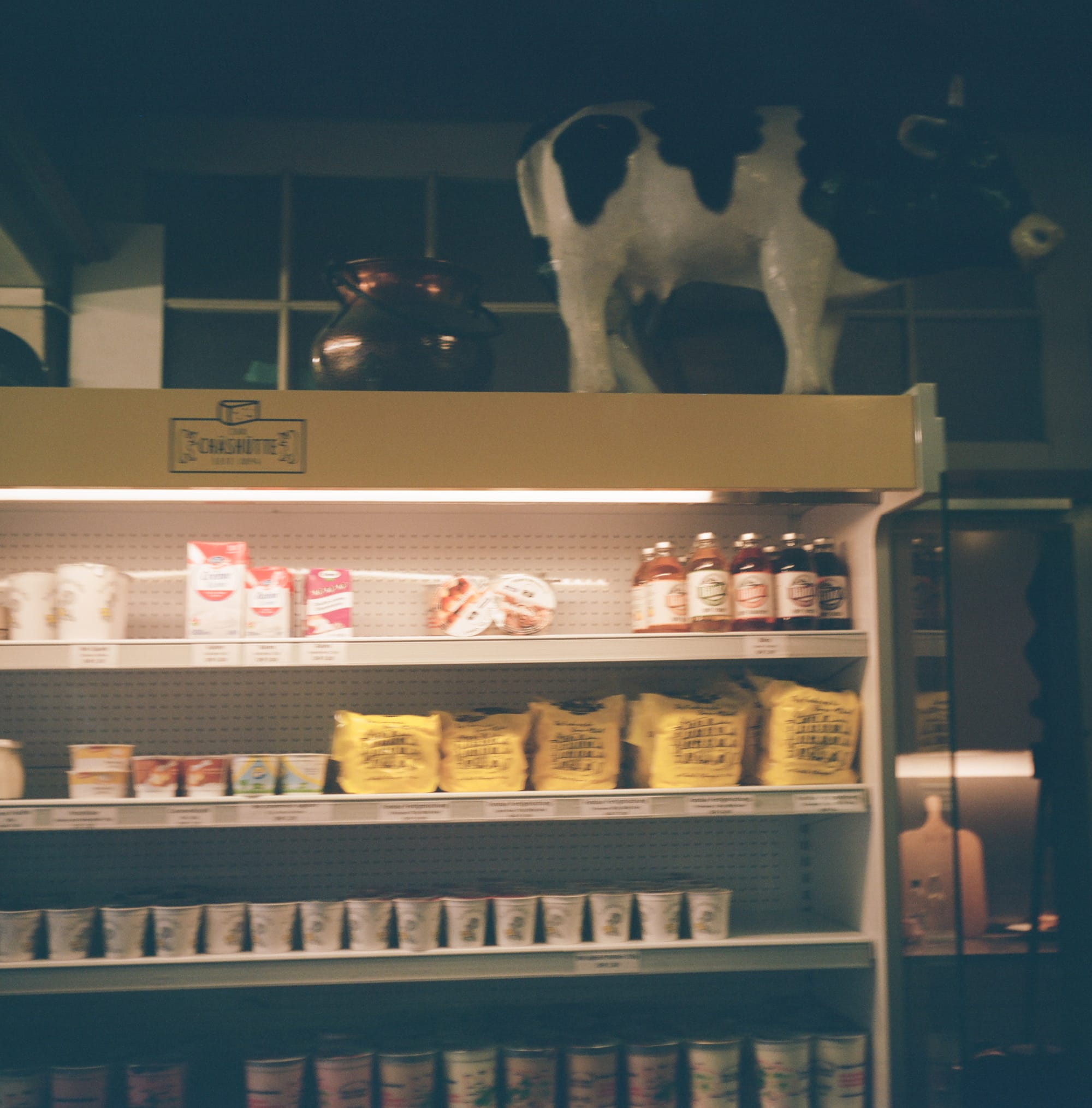What to eat BHUTAN 🇧🇹 Ema datshi
Bhutan is also one of the few places where non-indigenous chilis are considered a vegetable... The Himalayan terrain, and the frigidity it offers, makes an abundance of chilis suitable for warming the body, especially before the advent of modern conveniences such as indoor heating.

Ema datshi
Published January 26, 2024 · by Amanda Rivkin
Bhutan’s cuisine is heavily influenced by the exile cuisine of Tibetans over its neighbors China and India, likely due to the remote geography of a country with just over two million people. Bhutan is also one of the few places where non-indigenous chilis are considered a vegetable.
While the origin of the introduction of chilis into the local cuisine is unknown, lost to time and word of mouth, it is known that chilis come from the Americas. They were most likely introduced into the relatively isolated, Himalayan climate of Bhutan by Indian traders from Calcutta, who traded with the Portuguese.
The Himalayan terrain, and the frigidity it offers, makes an abundance of chilis suitable for warming the body, especially before the advent of modern conveniences such as indoor heating. When it is cold, spicy food can induce sweat and trigger endorphins to manage the pain, resulting in a pleasurable taste and sensation.
Bhutanese food makes ample use of chilis, with small children being introduced to them gradually at a very young age. The Bhutanese are also said to find other cuisines comparatively bland. It is no wonder if you attempt our version of ema datshi at home, even your hands will be left tingling from slicing so many chilis!
Ema means chili and datshi means cheese, combined in the Dzongkha language, the dish itself is chili cheese. In Bhutan, the most common chilis are red and green and a white chili made from blanching the green chilis and leaving them to dry. Rooftops in Bhutan offer convenient spots for drying chilis for use year-round.

The datshi on offer in traditional Bhutanese cuisine comes from yak or cow and is known as chhurpi. There are two varieties, a hard kind that is said to take five to seven minutes in the mouth to soften, and a softer kind that is used to make ema datshi.
The soft kind of chhurpi offers a texture similar to ricotta or cottage cheese. It is prepared by fermenting milk for five days. As fresh milk gets added, cheese curds form. This is then churned, separating butter from cheese. The leftover buttermilk is heated. The cheese itself has a strong smell and sharp flavor. It is sold in wrapped bags made of jute across the Himalayas.
To tone down the heat just enough to make it not insufferable and the dish palatable, butter, onions and tomatoes may be added before the chilis and cheese to soften the spiciness. While chilis have vitamins A and C and are free of cholesterol, they are known to cause hypertension and ulcers later in life. The chemistry of chilis includes capsaicin, known to produce pleasure and pain. While chilis can send the nervous system into a frenzy, the body’s release of endorphins in response, results in pleasure.
For those adverse to spice, ema datshi may yield more pain than pleasure but hopefully instead the dish offers a painful pleasure or an experience in the pleasure of pain.
Recipe
Ingredients:
Butter
1 yellow onion
1 shallot
Salt to taste
250 grams of assorted hot peppers, including habanero
1 tomato
570-850 grams of moitié moitié fondue

Step 1: Dice the onion and shallot.
Step 2: Place diced onion and shallot in a wide sauté pan with butter on a low heat until caramelized. Add a pinch of salt
Step 3: Slice peppers into long strips length-wise, removing seeds and stems, being very careful not to touch your face or other parts of your body. Dice tomato into cubes.
Step 4: Once onions are near caramelizing, add the tomato and another pinch of salt to taste. Stir together.
Step 5: When the tomatoes get soft, add the peppers to the pan. Stir and cover.
Step 6: After approximately 20-30 minutes, once peppers are soft, add moitié moitié fondue cheese. Stir until cheese melts and the cheese is combined with the peppers.
Step 7: Serve with red or wild or black rice.
Tips, tricks and notes:
The peppers will leave a tingling sensation on your hands and anywhere you touch even after several hand washes. Hot water may aggravate the sensation more than cold water.
While the cheese may take some of the sting out of the peppers as you eat the ema datshi, have some dairy such as milk, ayran or even vanilla ice cream on hand to neutralize the effect. Dairy may take the sting out of the peppers from your mouth and nose from touch, but it will not be helpful for your hands and anywhere else on your body you may touch. It took about 12 hours until the tingling was gone, to be perfectly honest, so latex gloves may help too.
Learn where to eat Bhutanese food in Switzerland.
Follow our social media pages @swissglobaldining on Instagram, TikTok and YouTube